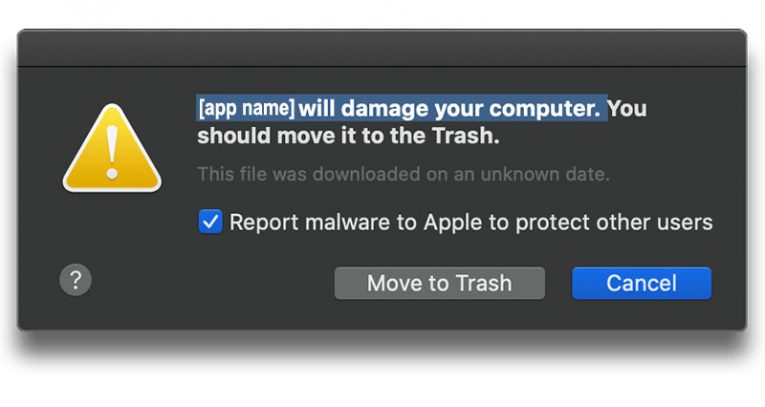Spread Your Message Mac OS
By default, Messages on Mac will attempt to send an iMessage. But if it can’t, it will then send a text message. Well, actually it will send the message to your iPhone and your iPhone will send it from there. But for you, it appears as a seamless continuation. Hold your smartphone camera up to your Mac’s screen, and scan the QR code. After a few moments, you should see a ‘You’re ready!’ message. Send SMS from your web browser, using Google’s new service. Set up iMessage. IMessage is the Apple messaging service you get automatically.
Steps to Add Message to Login Screen on Mac. Follow the steps below to Add Custom Message of any kind to the Login Screen on your Mac. Click on the Apple icon from the top menu bar on your Mac and then click on System Preferences option in the drop-down menu (See image below) 2. On the System Preferences screen, click on Security. Have you activated voice messaging on your Skype® account, and want to check the voice messages you received? Listen to your voice messages in Skype® for Mac.
There's nothing worse than missing out on a text message because you didn't see it. Luckily, you can now start getting your texts sent to iMessage on your Mac, but the setup process is a little tricky. Here's how to do it.
Mac Os Messages Not Syncing
SEE ALSO: Siri-powered wireless charging dock could be the iPhone's ultimate companion
First of all, you'll need to have OS X Yosemite on your Mac. If you bought a computer in 2014 or after, you should be all set. You can check your version of macOS by click the Apple icon in the top left of your desktop screen, then clicking 'About This Mac.'
Next, you'll need to sync your iPhone and Mac via your iCloud account. Be sure to register both devices under the same email to make this process is as easy as possible — this just means you'll use the same Apple ID for both. This signals to your phone and computer that they should pull information from the same account.

Once you know your iPhone and Mac are using the same iCloud account, it's time to make sure iMessages is actually turned on. You can start with your iPhone.
Open Settings
Go to Messages
Make sure iMessage is on
Also be sure to turn on the option called 'Send as SMS.' This is what allows you to send a text even when iMessage isn't available.
Spread Your Message Mac Os X
Next, choose the addresses you want iMessage to send and receive messages from. This is under the 'Send & Receive' label on your iPhone.
Once you're in this menu, it will show you which Apple ID your iMessage is using, so double check to make sure it's the right one. Below, it shows you all of the addresses you can use for this account. So if you have a phone number and email address that you want to send messages from on the same network, add them all.
Now, your iPhone should be all set up. Next you'll need to setup your Mac. The instructions are very similar to the ones you just followed, so it should be really easy. Here's what to do:
Sound file editor free download. Acchen mac os. Launch Messages on your Mac
Enter Apple ID email address and password (make sure it's the same one you just used on your iPhone) Free game wizard of oz.
Click Messages in the Menu bar in the top lefthand corner of your Mac
Choose Preferences
Choose Accounts
Choose the phone number and email addresses you want to use for the account (once again, make sure they're the same ones you selected on your iPhone)
Choose which phone number or email address you want people to see when you start a new conversation
And there you have it! The directions on both very similar, so once you get through one it should be smooth sailing. You definitely don't need to set up messages on both, but doing so will make sure you never miss out on anything. So set it up, and start chatting away on all of your devices!